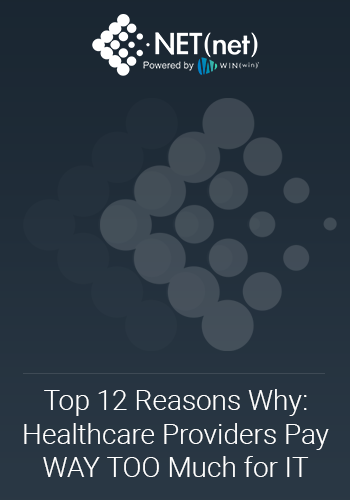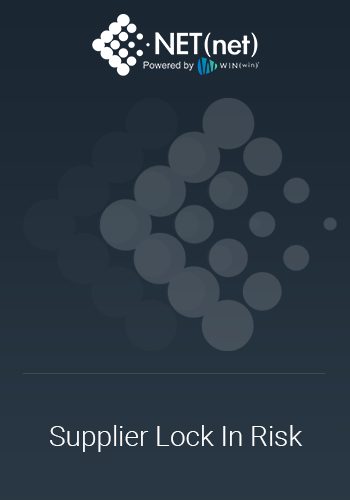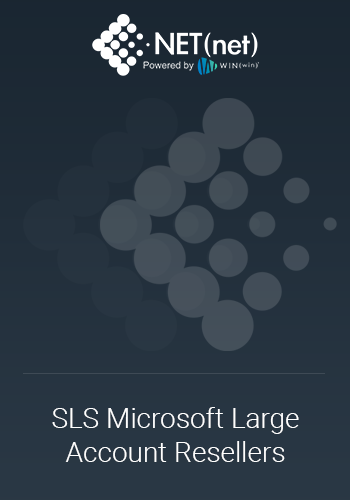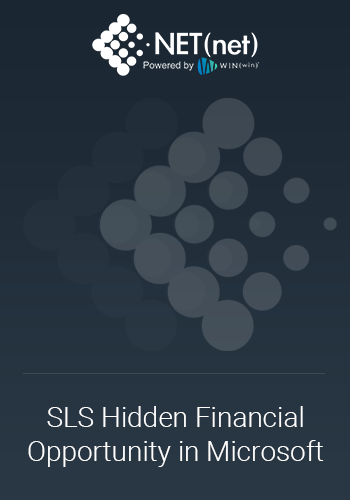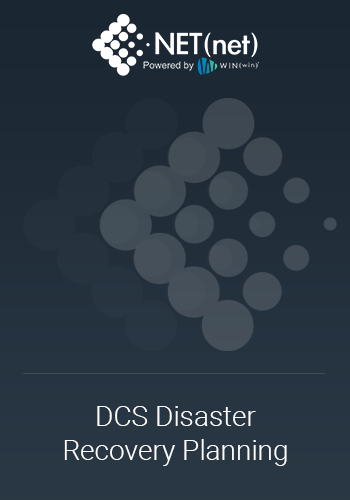What are reduced minimums?
When Oracle licenses certain software by various metrics (other than their preferred metric of Processor), Oracle is responding to customer demand for an improved metric designed to provide some economic relief, generally for non-production use. Most commonly, Oracle agrees to allow its customers to license certain environments (like test or development environments) by named user, instead of by processor. In so doing, however, Oracle generally requires user minimums (a minimum number of users that have to be licensed in order to receive that benefit), so as not to give too big of a financial concession to the end customer. Reducing these contractual minimums can often generate considerable savings depending on the deployment of Oracle in an applicable client environment.
 When clients consider licensing a test or development environment by Processors, it’s generally considered to be a very expensive proposition, and therefore, it’s fairly common for clients to look for cost relief. One of the common ways they will often find some relief is to consider licensing these environments by named user instead of by processor as the “breakeven point” (the point at which user licenses become more expensive than processor licenses) is 50 users.
When clients consider licensing a test or development environment by Processors, it’s generally considered to be a very expensive proposition, and therefore, it’s fairly common for clients to look for cost relief. One of the common ways they will often find some relief is to consider licensing these environments by named user instead of by processor as the “breakeven point” (the point at which user licenses become more expensive than processor licenses) is 50 users.
In these cases, if a client has 10 developers (as an example), they could license that environment at one-fifth the (list license) cost by using a user license instead of a processor license. However, Oracle generally requires certain user minimum thresholds when licensing environments by users to prevent their customers from receiving too big of a benefit. In a case like this, the user minimum may be 25 user licenses, which could change the calculus when considering things like discount levels and administrative costs and other factors. These minimums are often mitigating factors when considering savings opportunities. For example, Oracle wouldn’t be very keen to allow a customer to license only one user for a particular environment, as they might not be willing to provide the value of that capability for just 1/50th the cost of a processor license, but at half the cost, it’s more palatable and addresses a client concern.
Why is it important?
It is an important issue because if clients are not achieving these certain various contracted minimum threshold requirements, they are paying for surplus capacity and not getting any value for that. Therefore, it is important to study the environment in which the Oracle software will be used to determine if the user minimums are appropriate, or if a reduced minimum could offer additional benefits. It is often advantageous to license based on users for a test and/or development environment, so these are good places to start.
In addition, if you are able to negotiate a reduction in the minimum thresholds that more closely aligns to your specific use case, you can generally capture disproportionate value which not only lowers your acquisition costs, but will also lower your ongoing operational costs since support is priced based upon the net license amount. As a result, we encourage our clients to look closely at both the production and the non-production use of Oracle software and negotiate reduced minimums where applicable.
In a typical client use-case scenario, we may see a breakeven point between processor licensing and end-user licensing at 50 users, the Oracle contracted minimums may be 25 users, and the negotiated outcome may be a 10-user minimum. At an equal discount, this represents a 50% Savings; going from full cost to half cost – by switching from processor to user, and then getting to one-fifth of the cost by negotiating a reduced minimum from 25 to 10; an 80% savings from the baseline amount of the processor cost, and 60% incremental savings from the Oracle contracted minimums of 25 named users to the negotiated contracted minimums of 10 named users.
Clients that have benefited from reduced minimums in large-scale Oracle negotiations have saved countless millions when compared to what those costs would have been without these tactics and strategies.About NET(net)
Celebrating 17 years, NET(net) is the world’s leading IT Investment Optimization firm, helping clients find, get and keep more economic and strategic value. With over 2,500 clients around the world in nearly all industries and geographies, and with the experience of over 25,000 field engagements with over 250 technology suppliers in XaaS, Cloud, Hardware, Software, Services, Healthcare, Outsourcing, Infrastructure, Telecommunications, and other areas of IT spend, resulting in incremental client captured value in excess of $250 billion since 2002.
NET(net) has the expertise you need, the experience you want, and the performance you demand. Contact us today at info@netnetweb.com, visit us online at www.netnetweb.com, or call us at +1-866-2-NET-net to see if we can help you capture more value in your IT investments, agreements, and relationships.
NET(net)’s Website/Blogs/Articles and other content is subject to NET(net)’s legal terms offered for general information purposes only, and while NET(net) may offer views and opinions regarding the subject matter, such views and opinions are not intended to malign or disparage any other company or other individual or group.

